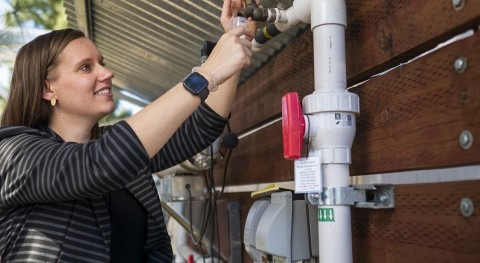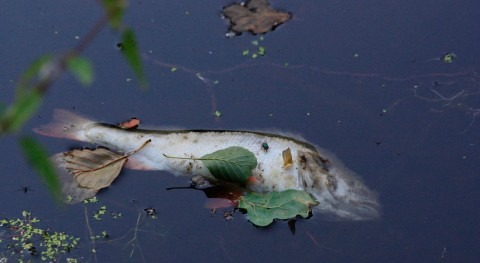When a chemical spills in the environment, it's important to know how quickly the spill will spread. If a farmer irrigates a crop, the person will need to know how fast the water should move through the soil and be absorbed by the roots. In both cases, a good understanding of water pore structure is necessary.
A new method to measure pore structure and water flow is described in a study published in the journal Water Resources Research. With it, scientists should be able to more accurately determine how fast water, contaminants, nutrients and other liquids move through the soil -- and where they go.
The mathematical model was validated by researchers at the University of California, Davis, California State University, Northridge and University of North Carolina at Chapel Hill.
"This will open a whole new direction that will help us use our resources more efficiently and better understand the flow of water, contaminants and nutrients," said corresponding author and UC Davis assistant professor Majdi Abou Najm, who developed the model when he was at the American University of Beirut.
Not one-size -fits all
One of the most important equations in hydrology, Darcy's law, has long been used to describe the flow of fluids through a porous medium, like rocks and soil. But that equation assumes a one-size-fits all estimation of pore size, when the reality is more complicated.
"Our model finds a middle ground between reality, which has an infinite number of pore sizes, and the current model, which represents them with one average pore size," said Abou Najm.
Cheap and accessible
The new model, which was tested on four sands for the study, has the added benefit of being relatively cheap and accessible to use in a variety of environments. The study said that most pore size measurement methods require collecting samples of limited size for lab analysis. This new method provides a simple, inexpensive approach to measuring a variety of pore sizes directly in the field using items that can be bought in a typical grocery store, such as soup thickeners or food additives.













